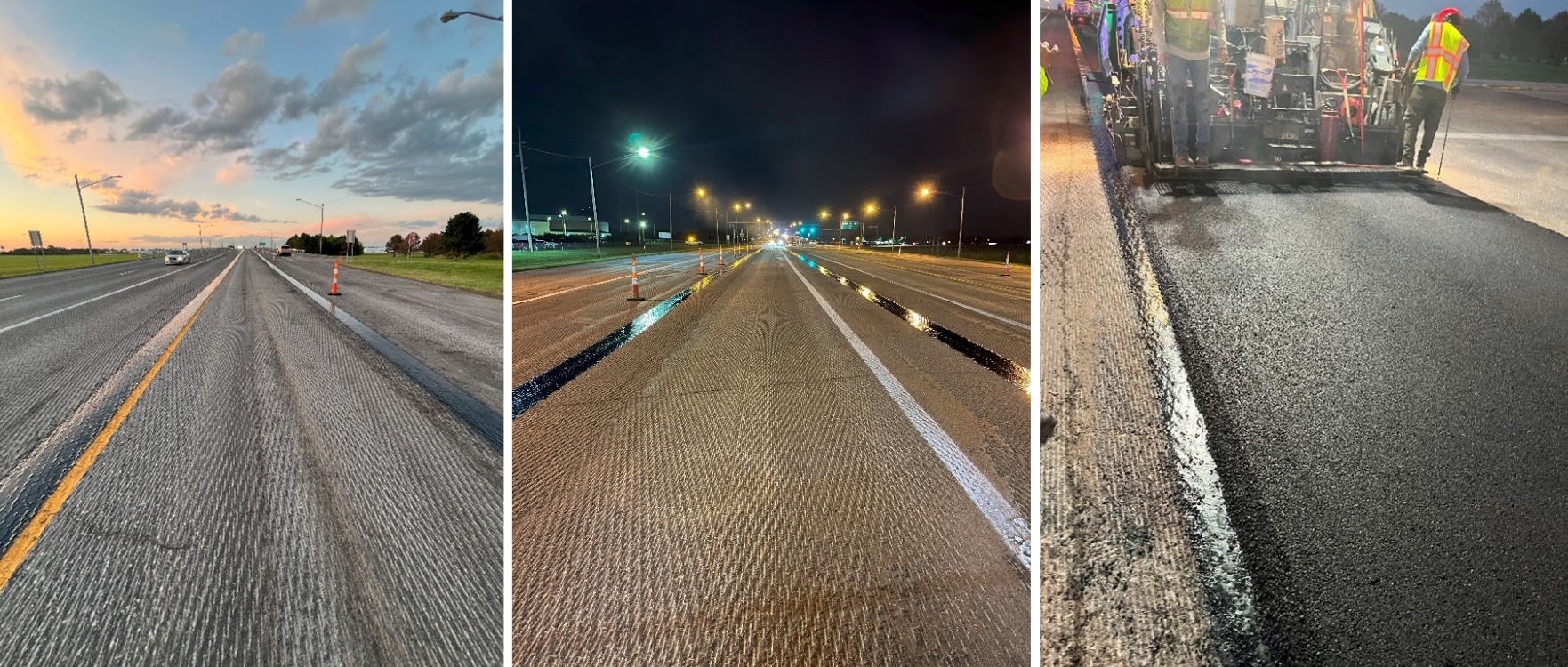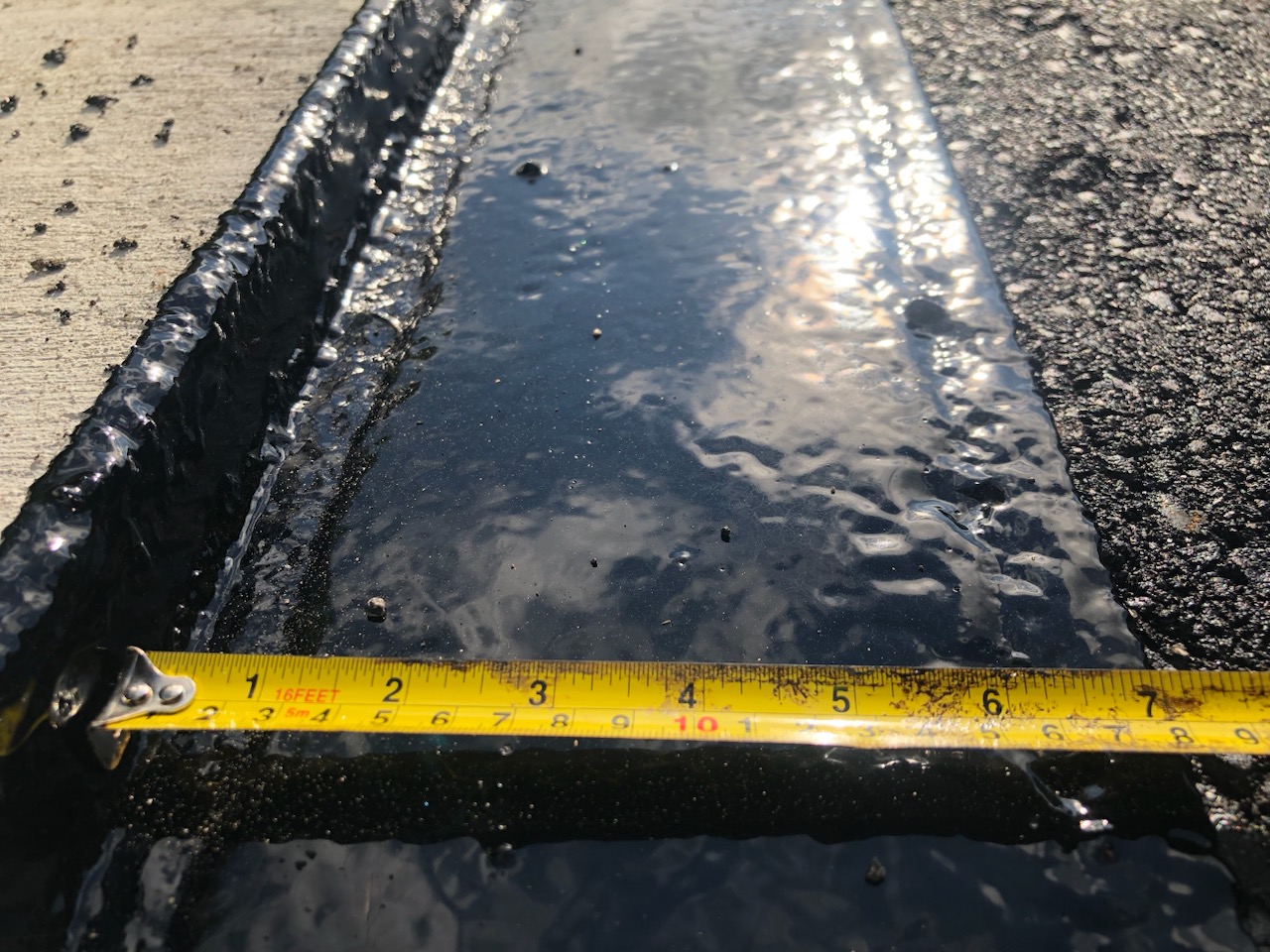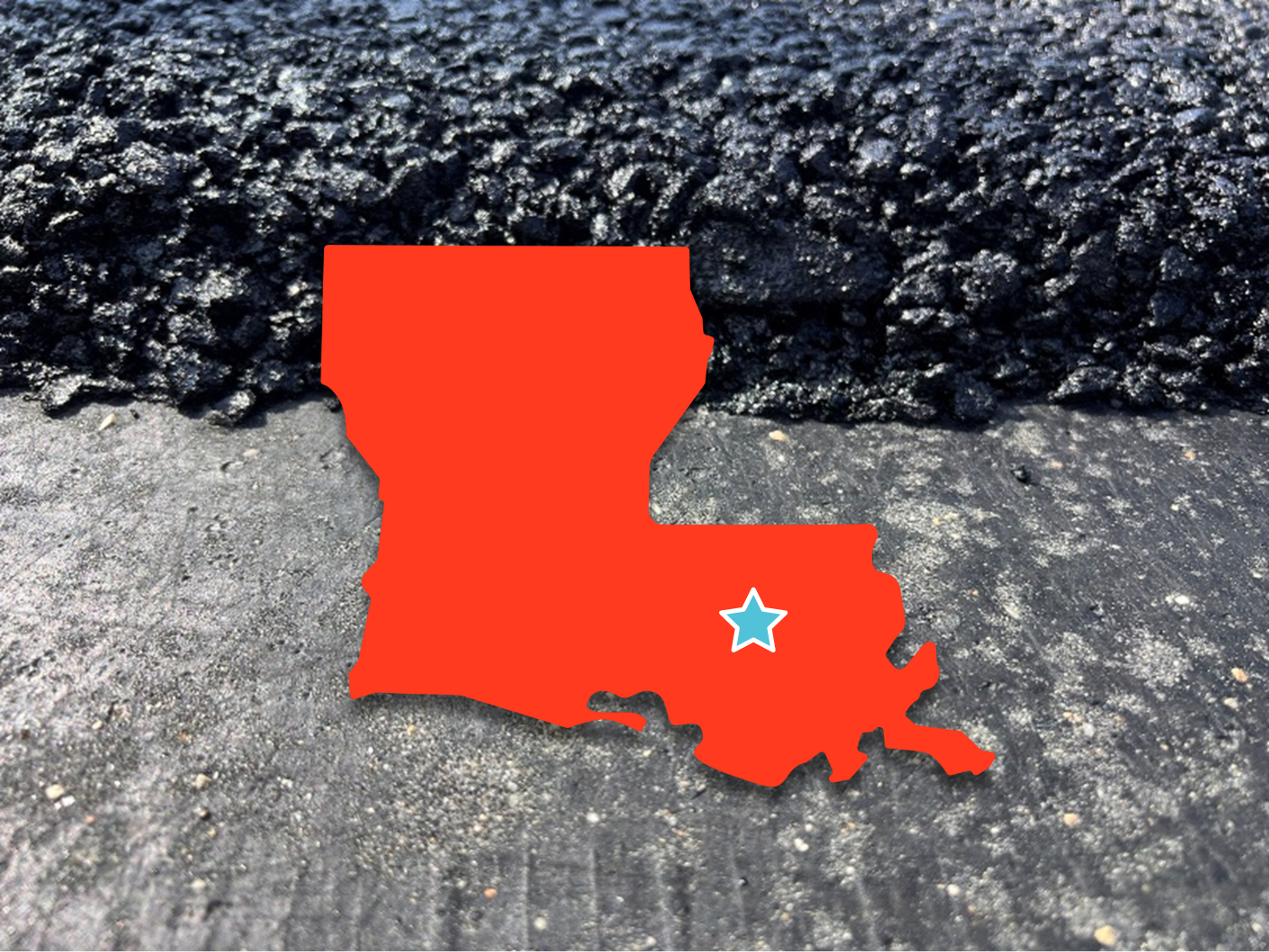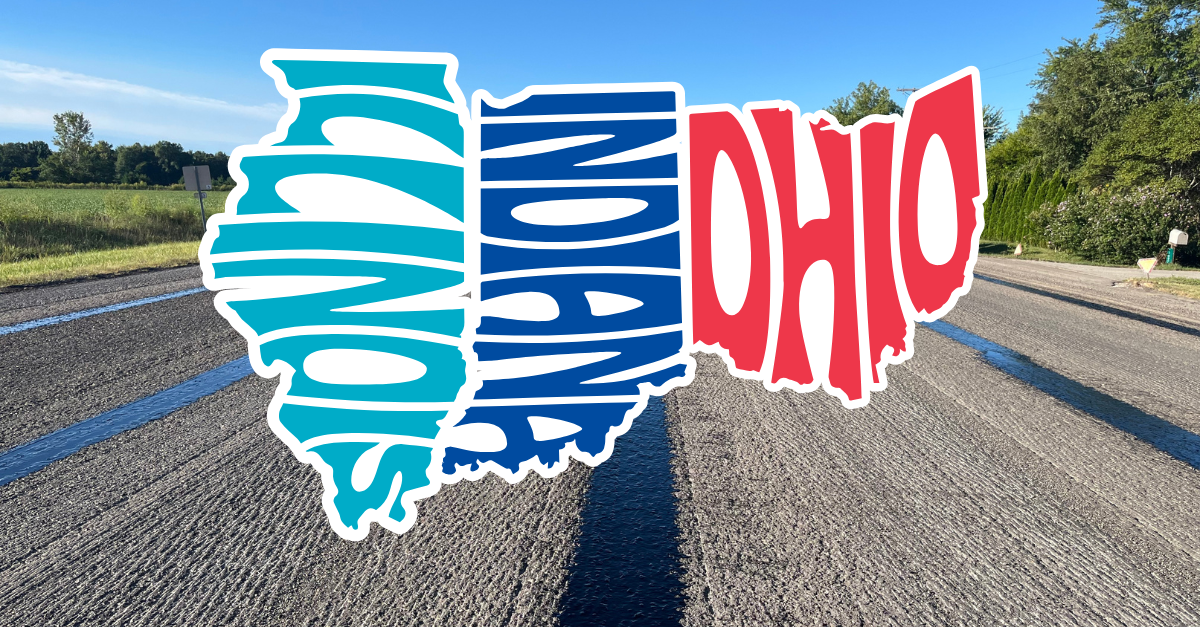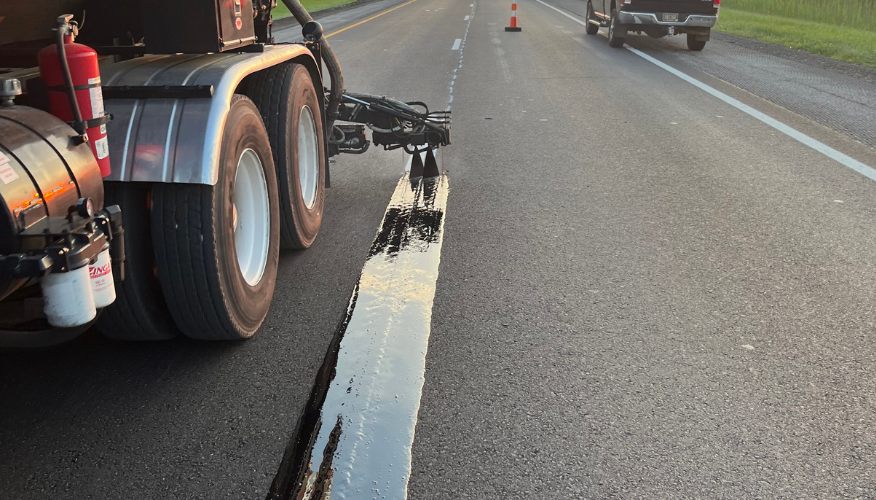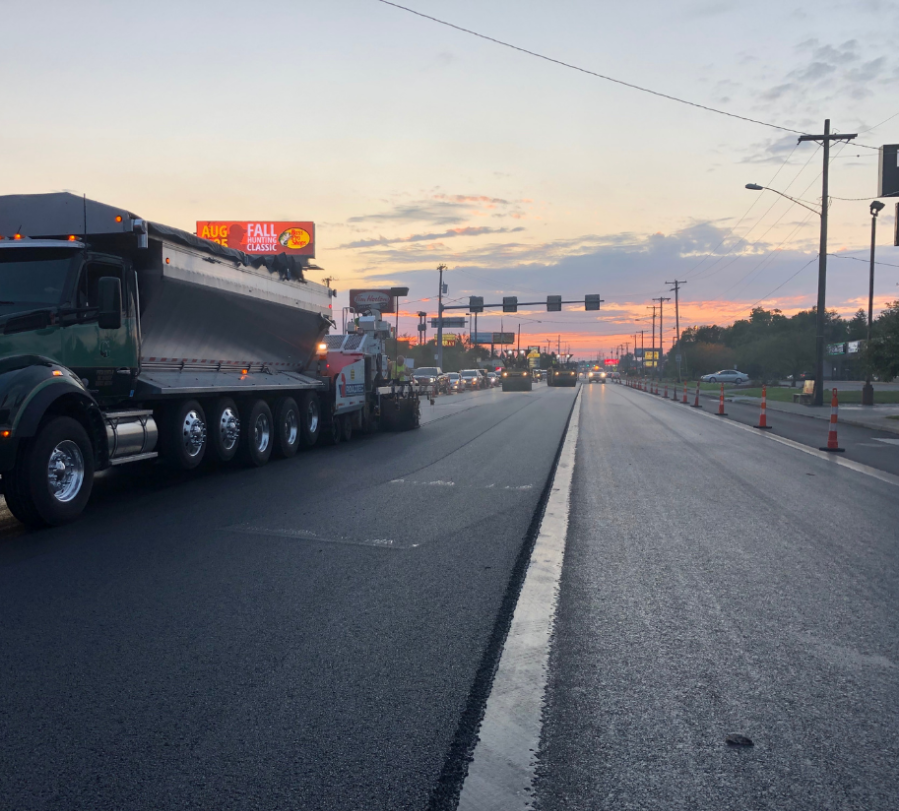Reinforcing Roads Across Indiana, Illinois, and Ohio with VRAM Void Reducing Asphalt Membrane (VRAM)—known by the brand name, J-Band®—is transforming the way state agencies build and maintain roads. This innovative solution strengthens the most vulnerable part of asphalt pavements: the longitudinal joint. Applied before the hot mix lift, under the...

